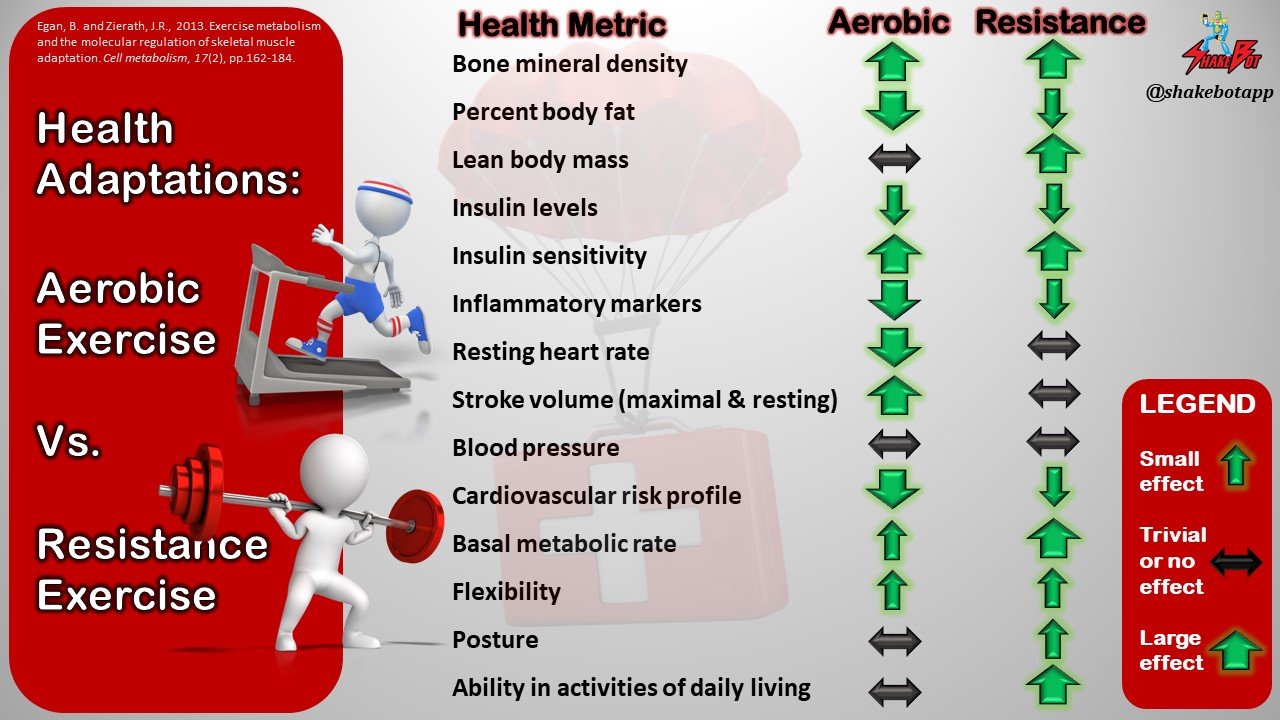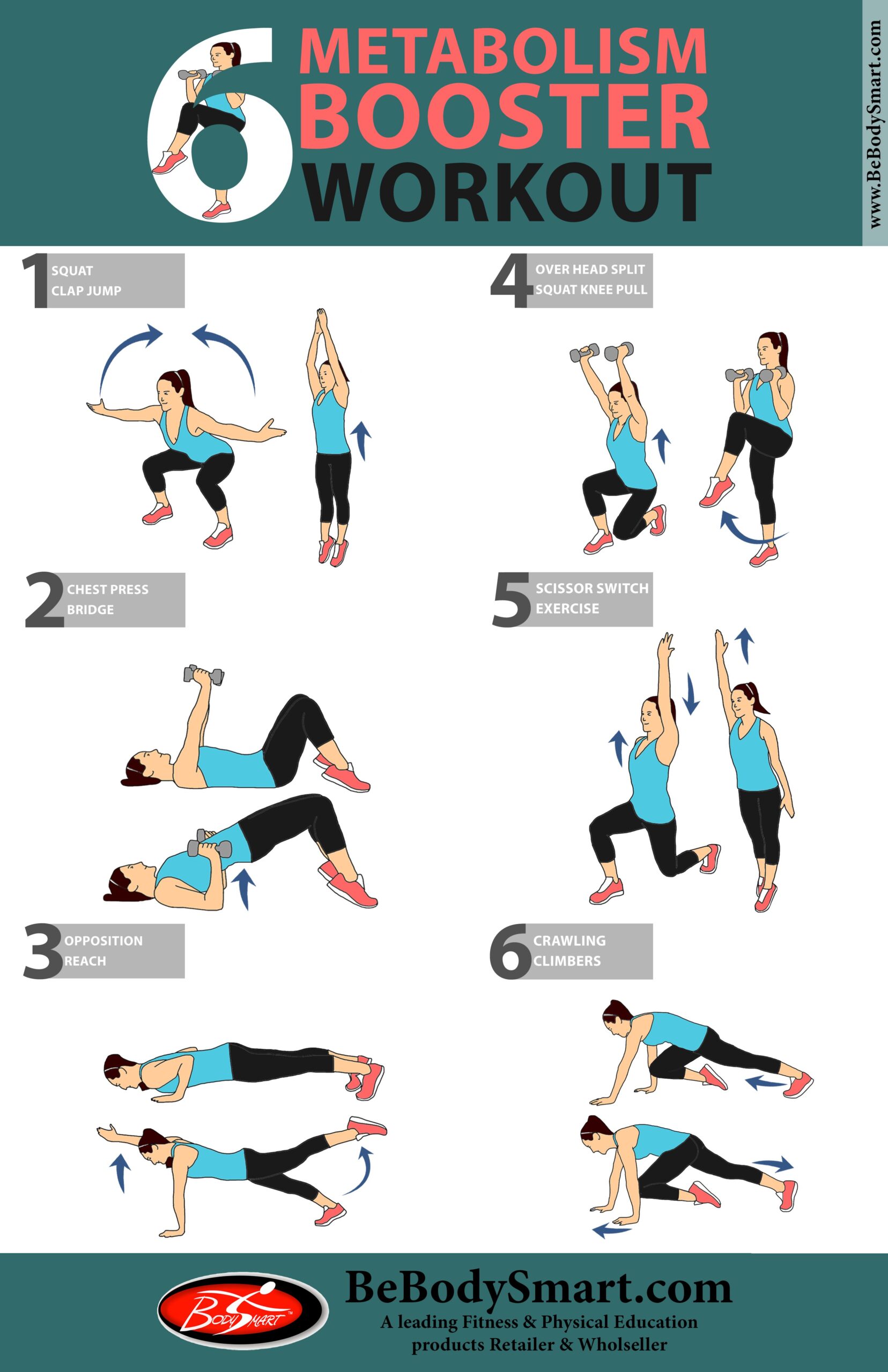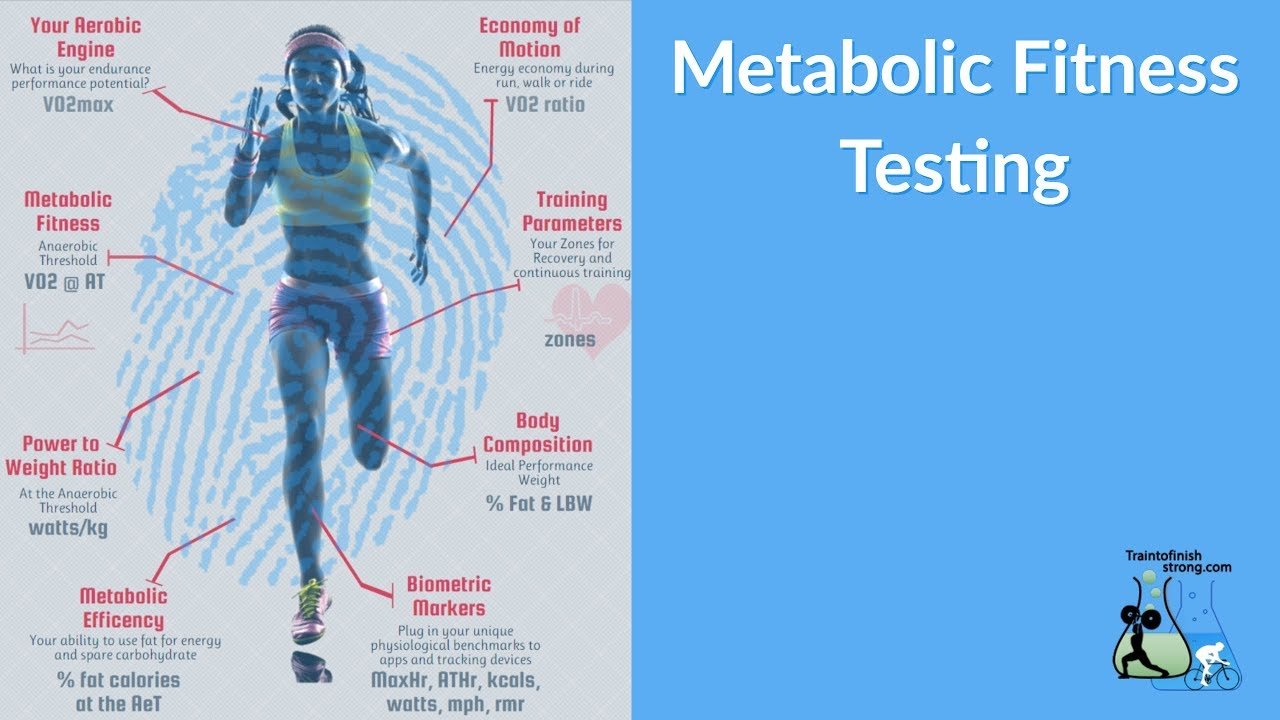Title: Which of the Following Best Describes Metabolic Fitness?
Introduction:
In this review, we will discuss the importance of metabolic fitness and how it can benefit individuals in various ways. Metabolic fitness refers to the body's ability to efficiently convert food into energy and regulate metabolic processes. By understanding and improving metabolic fitness, individuals can enhance their overall health and well-being.
Benefits of Metabolic Fitness:
1. Weight Management:
- Metabolic fitness plays a crucial role in managing body weight. A well-functioning metabolism helps burn calories effectively, aiding in weight loss or maintenance.
- By improving metabolic fitness, individuals can boost their metabolism, which can lead to increased fat burning and improved body composition.
2. Energy Levels:
- Enhancing metabolic fitness can provide individuals with higher energy levels throughout the day.
- A well-regulated metabolism efficiently converts food into energy, allowing individuals to feel more energized and productive.
3. Improved Insulin Sensitivity:
- Metabolic fitness helps improve insulin sensitivity, which is essential for maintaining healthy blood sugar levels.
- By enhancing insulin sensitivity, individuals can reduce the risk of developing type 2 diabetes and other metabolic disorders.
4. Cardiovascular Health:
- Metabolic fitness is closely linked to cardiovascular health. A healthy metabolism helps regulate cholesterol levels,
What is shoveling equivalent to?
Snow removal is strenuous work. Studies have shown that ten minutes of snow shoveling is equal to ten minutes on the treadmill. Physical exertion in the cold weather can lead to faster exhaustion and increased strain on your heart and blood pressure if you aren't careful.
How much of a workout is shoveling?
Snow shoveling is one of the most high-intensity exercises you can do. You are using all your major muscle groups. If you load a shovel (2 plus pounds) with 10 pounds of snow every 5 seconds, you move a load of over 140 pounds per minute. In 15 minutes' time, you will have moved a load of more than one ton.
What type of physical activity is shoveling?
Shoveling Can Be Considered a Cardio Workout
It falls more into the cardio category than strength, he says, because you do it for longer than a typical strength-training workout, he explains. Don't let the routine nature of the activity fool you.
Is digging with a shovel a workout?
Digging and shoveling have the highest metabolic equivalent (or MET) rating. METs are a way of categorizing activity according to intensity. Digging can burn up to 450 calories an hour, depending on your height, weight, and how vigorously you do it.
What does shoveling do to your body?
According to the CDC, an hour of shoveling snow can burn around 532 calories. That's the same as an hour of vigorous weightlifting! If you've ever shoveled, you know it's a full-body workout. You're pushing with your legs, lifting your upper body, and strengthening your back and core.





🦠 🔍 𝐃𝐢𝐝 𝐲𝐨𝐮 𝐤𝐧𝐨𝐰 𝐭𝐡𝐚𝐭 𝐄𝐬𝐩𝐭𝐞𝐢𝐧-𝐁𝐚𝐫𝐫 𝐯𝐢𝐫𝐮𝐬 𝐜𝐨𝐮𝐥𝐝 𝐛𝐞 𝐚 𝐭𝐫𝐢𝐠𝐠𝐞𝐫 𝐟𝐨𝐫 𝐬𝐲𝐦𝐩𝐭𝐨𝐦𝐬 𝐢𝐧 𝐌𝐄/𝐂𝐅𝐒 𝐚𝐧𝐝 𝐋𝐨𝐧𝐠 𝐂𝐎𝐕𝐈𝐃?
— Manuel Ruiz (@manruipa) October 2, 2023
A thread 🧵
Below, I summarize the points of our recent published review and how it could explain the… pic.twitter.com/RUTZEbQUi8
What is light intensity physical activity METs?
The definition for light intensity activity is an activity that is classified as < 3 METS. One MET, or metabolic equivalent, is the amount of oxygen consumed while sitting at rest. Thus, an activity classified as 2 METS would be equal to 2 times the amount of oxygen consumed while sitting at rest (1 MET).
Frequently Asked Questions
What is the MET level of exercise?
One MET is defined as the energy expenditure for sitting quietly, which, for the average adult, approximates 3.5 ml of oxygen uptake per kilogram of body weight per minute (1.2 kcal/min for a 70-kg individual). For example, a 2-MET activity requires two times the metabolic energy expenditure of sitting quietly.
What counts as low intensity exercise?
What Is a Low-Intensity Workout? Physical activities done at a comfortable pace are considered low-intensity exercises. Your heart rate should stay steady at about 50% of its maximum rate. This steady pace should last for periods of at least 30 minutes.
What is a low level of physical intensity?
As a rule of thumb: If you can talk and sing without puffing at all, you're exercising at a low level. If you can comfortably talk, but not sing, you're doing moderate intensity activity. If you can't say more than a few words without gasping for breath, you're exercising at a vigorous intensity.
What considered low-intensity cardio?
Examples of low-intensity cardio training
Walking on the treadmill or stepper machine. Pedalling on the exercise bike. Hitting up the rowing machine. Swimming laps of the pool.
What counts as light exercise?
Light weight training. Dancing slowly. Leisurely sports (table tennis, playing catch, fishing) Light yard and house work.
FAQ
- What is very light exercise?
- Light exercise can be anything from walking the dog to cooking, as long as we're doing an activity that gets us moving! Below are some creative and simple ways to lightly exercise, regularly and consistently. Cooking. Gardening. Walking the dog.
- Is jogging a light exercise?
- Moderate and vigorous intensity is subjective, what is moderate to one person may be vigorous to another. It all depends on how fit you are. Generally, the types of activity that require vigorous effort for most people include: jogging or running.
- What are the types of light intensity?
- Several measures of light are commonly known as intensity:
- Radiant intensity, a radiometric quantity measured in watts per steradian (W/sr)
- Luminous intensity, a photometric quantity measured in lumens per steradian (lm/sr), or candela (cd)
- Irradiance, a radiometric quantity, measured in watts per square meter (W/m2)
- What counts as moderate intensity exercise?
- Moderate-intensity aerobic physical activity means you're working hard enough to raise your heart rate and break a sweat. One way to tell if it's a moderate-intensity aerobic activity is that you'll be able to talk, but not sing the words to your favorite song.
- What is light to moderate intensity exercise?
- Some examples of light physical activities include: walking slowly (i.e. shopping, walking around the office), sitting at your computer, making the bed, eating, preparing food, and washing dishes. Moderate intensity activities are defined as activities ranging between 3 - < 6 METS.
Which of the following best describes metabolic fitness?
| What is low to moderate intensity cardio? | As the name suggests, low-intensity cardio – also known as low-intensity steady-state cardio (LISS) – is a form of aerobic cardio performed at a low to moderate intensity. In LISS, you target a constant heart rate of around 60% to 70%, making it easier to sustain for longer periods of time. |
| What counts as low-intensity exercise? | What Is a Low-Intensity Workout? Physical activities done at a comfortable pace are considered low-intensity exercises. Your heart rate should stay steady at about 50% of its maximum rate. This steady pace should last for periods of at least 30 minutes. |
| What are the 4 types of moderate intensity? | Moderate Intensity
|
| Which of the following activities is considered vigorous intensity? | Here are some examples of activities that require vigorous effort: Jogging or running. Swimming laps. Riding a bike fast or on hills. |
- What is considered vigorous exercise?
- If the heart rate monitor says you're working at 50 to 60% of your max heart rate, then the exercise is considered moderate. If the heart rate monitor shows that you're working at 70 to 85% of your heart rate then it's vigorous exercise. To find your maximum heart rate, subtract your age from 220.
- Which of these types of exercise is very vigorous intensity?
- Examples of vigorous activities include: running. swimming. riding a bike fast or on hills.
- What are five examples of vigorous intensity aerobic activity?
- Examples of vigorous-intensity aerobic activities:
- Hiking uphill or with a heavy backpack.
- Running.
- Swimming laps.
- Aerobic dancing.
- Heavy yardwork like continuous digging or hoeing.
- Tennis (singles)
- Cycling 10 miles per hour or faster.
- Jumping rope.
- Examples of vigorous-intensity aerobic activities:
- What is moderate to vigorous intensity exercise?
- Moderate-intensity activities are those that get you moving fast enough or strenuously enough to burn off three to six times as much energy per minute as you do when you are sitting quietly, or exercises that clock in at 3 to 6 METs. Vigorous-intensity activities burn more than 6 METs.
